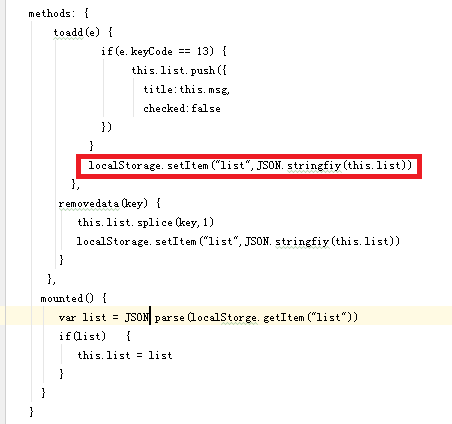On Windows, under normal circumstances a 32 bit process can only access 2GB of RAM (or 3GB with a special switch in the boot.ini file). When running a 32 bit process on a 64 bit operating system, how much memory is available? Are there any special switches or settings that can change this?
问题:
回答1:
2 GB by default. If the application is large address space aware (linked with /LARGEADDRESSAWARE), it gets 4 GB (not 3 GB, see http://msdn.microsoft.com/en-us/library/aa366778.aspx)
They\'re still limited to 2 GB since many application depends on the top bit of pointers to be zero.
回答2:
4 GB minus what is in use by the system if you link with /LARGEADDRESSAWARE.
Of course, you should be even more careful with pointer arithmetic if you set that flag.
回答3:
Nobody seems to touch upon the fact that if you have many different 32-bit applications, the wow64 subsystem can map them anywhere in memory above 4G, so on a 64-bit windows with sufficient memory, you can run many more 32-bit applications than on a native 32-bit system.
回答4:
A 32-bit process is still limited to the same constraints in a 64-bit OS. The issue is that memory pointers are only 32-bits wide, so the program can\'t assign/resolve any memory address larger than 32 bits.
回答5:
An single 32-bit process under a 64-bit OS is limited to 2Gb. But if it is compiled to an EXE file with IMAGE_FILE_LARGE_ADDRESS_AWARE bit set, it then has a limit of 4 GB, not 2Gb - see https://msdn.microsoft.com/en-us/library/aa366778(VS.85).aspx
In either case, the kernel\'s virtual address space is shared across all processes. That\'s why even if you have a very big number of 32-bit processes they can run out of memory in spite of the fact that you have lot of memory available for your 64-bit operating system, say, 16 GB - the 32-bit processes in total can quickly run out of the the kernel\'s virtual address space available to them (a maximum of 2GB).
The things you hear about special boot flags, 3 GB, /3GB switches, or /userva are all about 32-bit operating systems and do not apply on 64-bit Windows.
See https://msdn.microsoft.com/en-us/library/aa366778(v=vs.85).aspx for more details.
As about the 32-bit operating systems, contrary to the belief, there is no physical limit of 4GB for 32-bit operating systems. For example, 32-bit Server Operating Systems like Microsoft Windows Server 2008 32-bit can access up to 64 GB (Windows Server 2008 Enterprise and Datacenter editions) – by means of Physical Address Extension (PAE), which was first introduced by Intel in the Pentium Pro, and later by AMD in the Athlon processor - it defines a page table hierarchy of three levels, with table entries of 64 bits each instead of 32, allowing these CPUs to directly access a physical address space larger than 4 gigabytes – so theoretically, a 32-bit OS can access 2^64 bytes theoretically, or 17,179,869,184 gigabytes, but the segment is limited by 4GB. However, due to marketing reasons, Microsoft have limited maximum accessible memory on non-server operating systems to just 4GB, or, even, 3GB effectively. Thus, a single process can access more than 4GB on a 32-bit OS - and Microsoft SQL server is an example.
回答6:
You\'ve got the same basic restriction when running a 32bit process under Win64. Your app runs in a 32 but subsystem which does its best to look like Win32, and this will include the memory restrictions for your process (lower 2GB for you, upper 2GB for the OS)
回答7:
The limit is not 2g or 3gb its 4gb for 32bit.
The reason people think its 3gb is that the OS shows 3gb free when they really have 4gb of system ram.
Its total RAM of 4gb. So if you have a 1 gb video card that counts as part of the total ram viewed by the 32bit OS.
4Gig not 3 not 2 got it?


